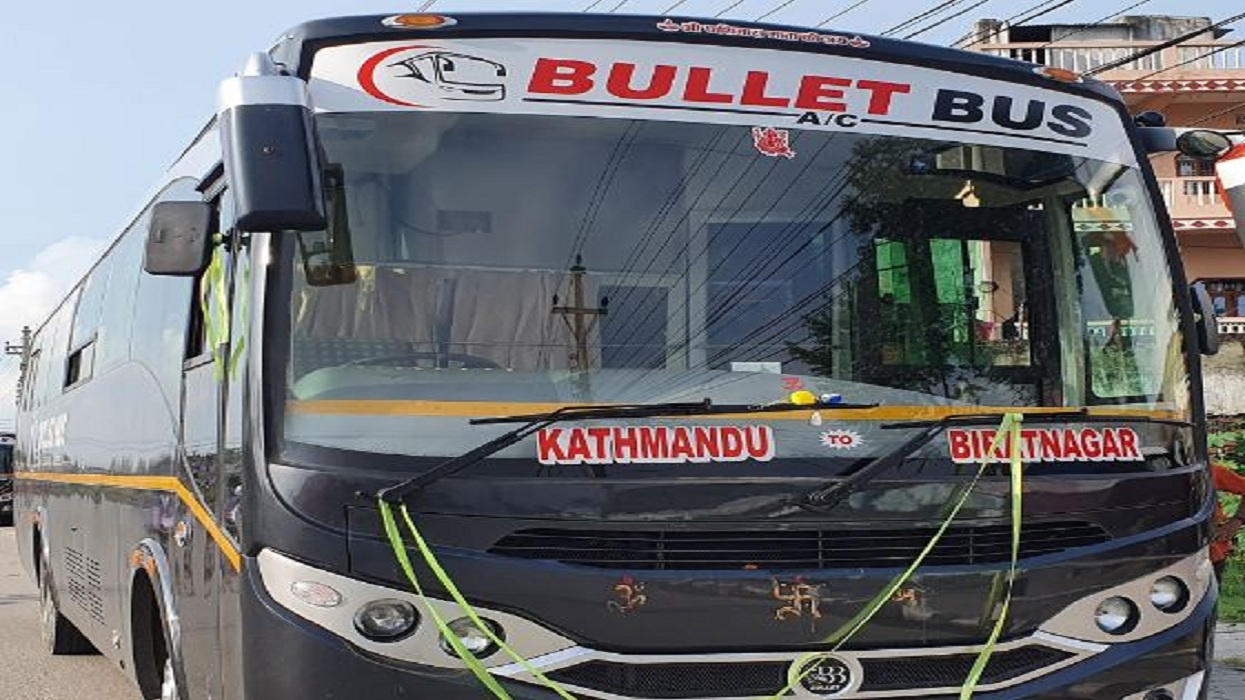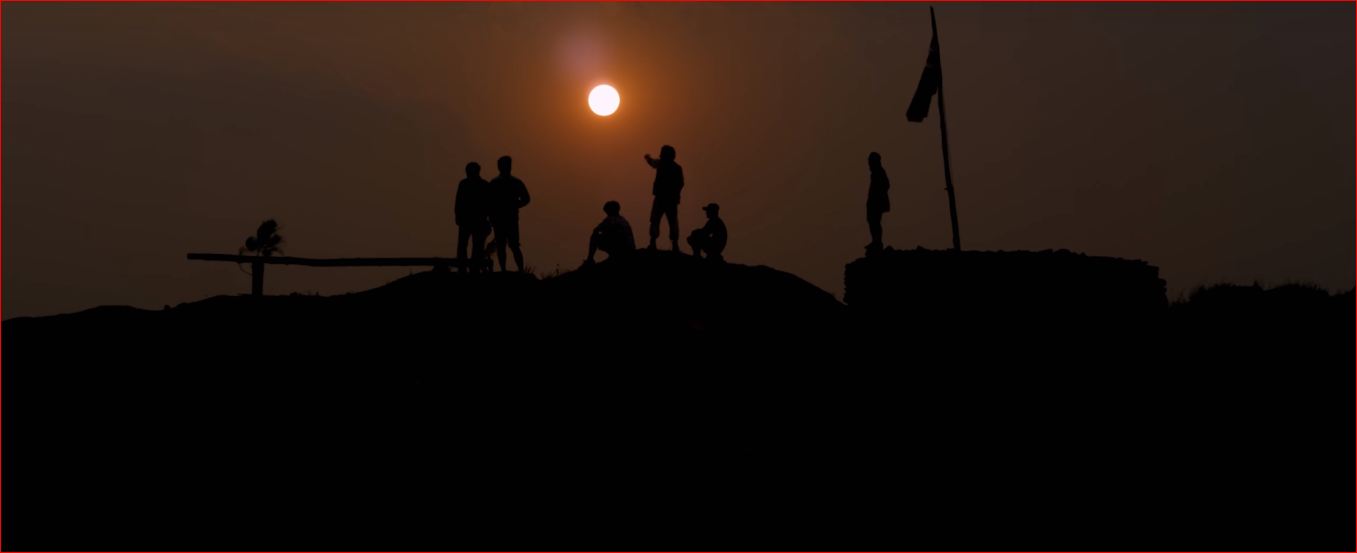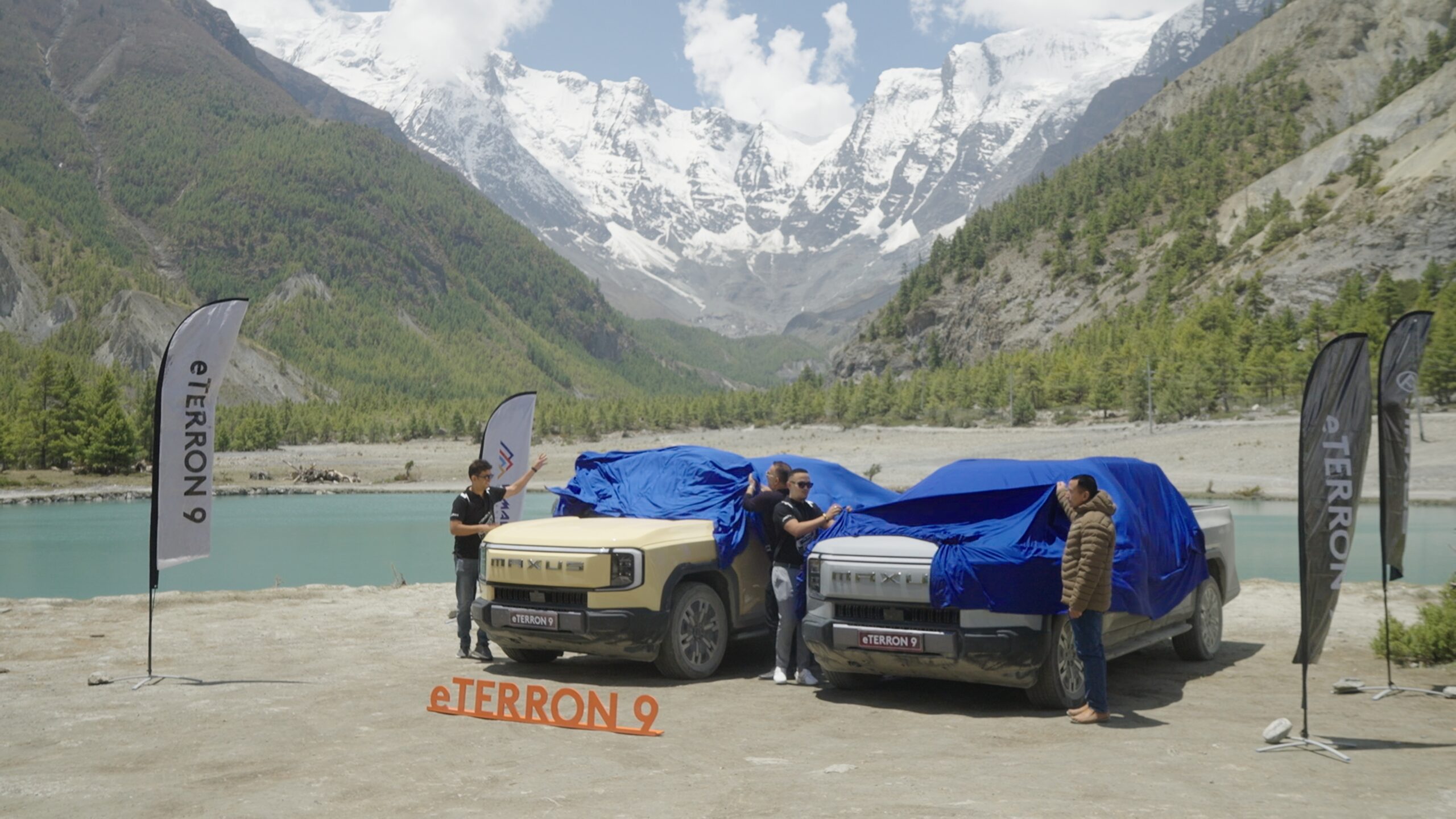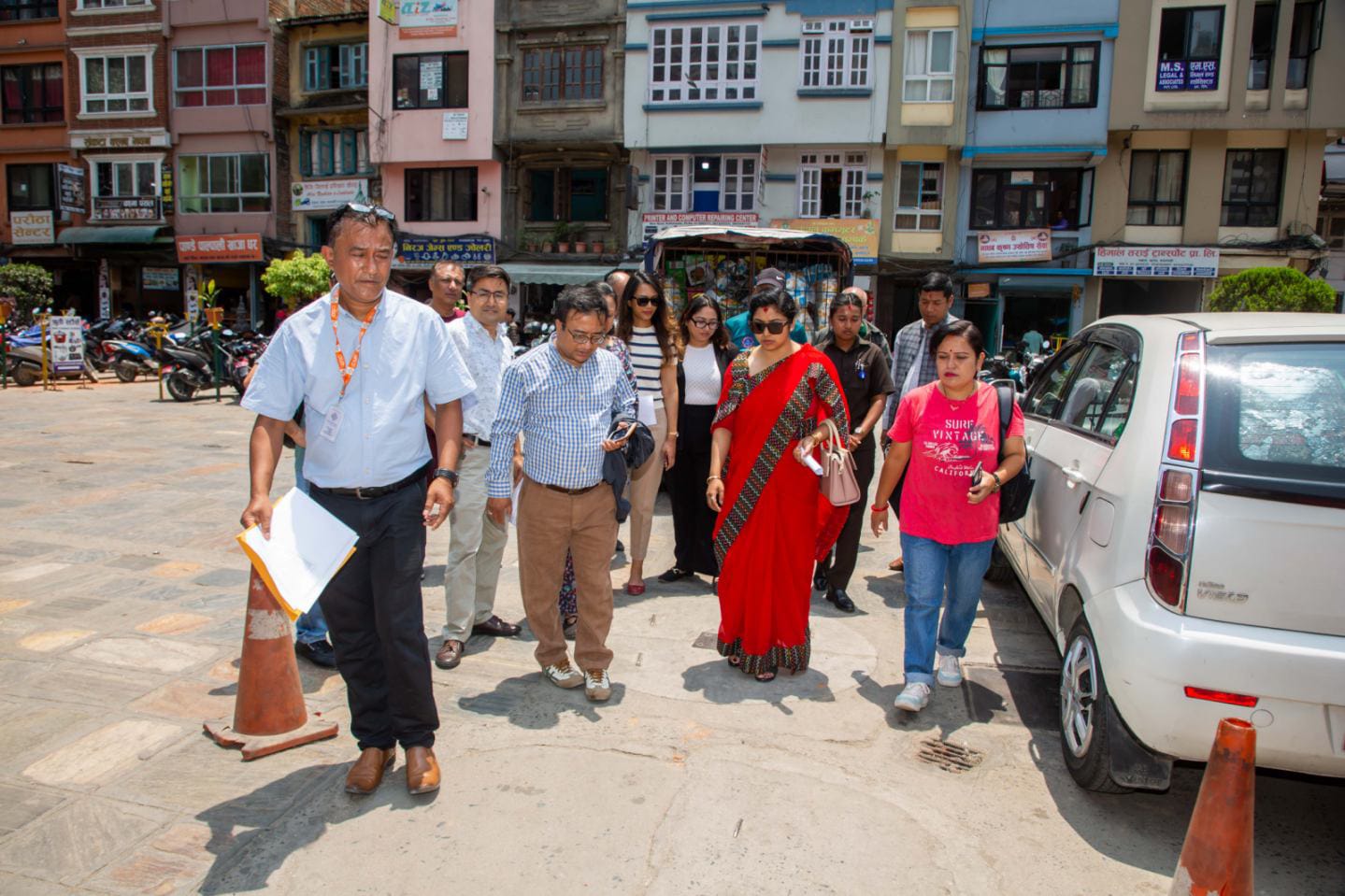Cable Car enhances identity & elevates citizens’ living standards: Chandra Prasad Dhakal
The construction of the cable car is stirring controversy, with concerns raised on social media about the potential loss of the historical significance and identity of the famous religious site, Pathibhara Temple.
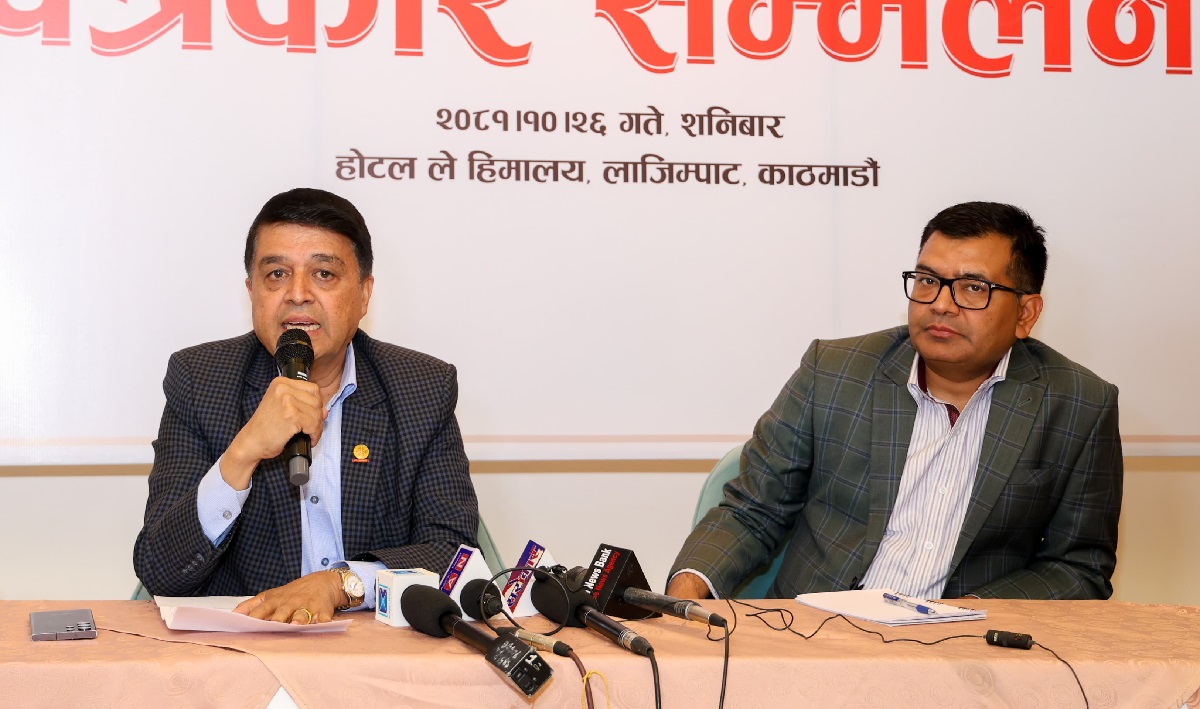
KATHMANDU: The proposed Pathibhara Cable Car in the remote Himalayan district of Taplejung, located in Province 1 of Nepal, has become a topic of debate.
The construction of the cable car is stirring controversy, with concerns raised on social media about the potential loss of the historical significance and identity of the famous religious site, Pathibhara Temple.
The idea of a cable car at Pathibhara was first proposed four decades ago, but the establishment of Pathibhara Devi Darshan Cable Car Pvt. Ltd. in 2015 marked the start of the project.
In 2018, the Nepalese government granted approval for the construction of the cable car following a decision by the Council of Ministers.
The project gained momentum around two years ago when the IME Group became involved, taking a significant share in the project with the goal of developing tourist destinations across all seven provinces of Nepal, including cable cars.
After receiving all the necessary government and legal approvals, the project was included under the national priority plan, allowing work to progress.
The land acquisition for the cable car was completed, and a land swap agreement with the government was also finalized.
Additionally, the necessary tree cutting in the alignment area and approval of the Detailed Project Report (DPR) were completed.
The formal groundbreaking ceremony for the construction took place this month, and physical construction work has officially begun.
How is the cable car project progressing? Its impact on the local economy
The 2.75-kilometer-long cable car in Taplejung district will have 36 passenger gondolas and two cargo gondolas, running from Kaflepati in Phungling Municipality-11 to about 700 meters west of the Pathibhara Devi temple complex. Once completed, the journey from the lower to the upper station will take approximately 10 minutes and 31 seconds. The cable car will use equipment and parts from globally renowned cable car companies.
At the upper station, basic facilities for pilgrims, such as water, toilets, and oxygen, will be provided. Besides these basic needs, no other infrastructure will be developed, ensuring that the temple complex and its surrounding environment, beauty, and cultural heritage remain unaffected. The construction of the cable car will ease access for children, the elderly, physically disabled individuals, and those unable to walk uphill, and will provide comfort to all pilgrims and tourists.
For those wishing to walk, the cable car will not obstruct the existing trail. Additionally, there is expected to be a significant increase in both domestic and foreign pilgrims and tourists.
The estimated cost of the Pathibhara cable car project is Rs 3 billion. Once operational, around 300 people will directly gain employment, with priority given to about 80% local residents. Like other tourism infrastructures of the IME Group, locals will also have opportunities to invest in shares and projects associated with the cable car.
With the increase in pilgrims and tourists, the project is expected to play a significant role in promoting local products (agriculture, handicrafts, and homemade goods). As economic activities grow, there will be notable expansions in self-employment and businesses in various sectors, including hotels, restaurants, and transportation, from Mechi Highway in Jhapa to the Barah area of the Tamor Corridor in Sunsari. This will also increase the state’s tax and revenue collection.
Cable cars are one of the safest and most environmentally friendly modes of transportation globally. Since they do not produce any kind of pollution, they are considered sustainable development measures. To minimize environmental impact, for every tree cut within the cable car alignment area, 25 trees will be planted. These newly planted trees will be nurtured and maintained for five years before being handed over to the Nepal government. As such, this project will not harm biodiversity or the environment but will actually contribute to their preservation.
Since the Pathibhara cable car project’s foundation stone was laid, some individuals have tried to create obstacles in its construction and discouraged private investment. Moreover, they have made allegations against private sector businesses, tarnishing their reputation and personal integrity. Attacking the private sector over the cable car project, and undermining their contributions to society, the economy, and the country’s prosperity, is an unfortunate development.
Due to the remote geographical location, high altitude, and steep paths, reaching the temple has been extremely difficult for pilgrims and tourists. People who are unable to walk, as well as the elderly, children, and the sick, find it particularly challenging. Those who can afford it often resort to paying porters to carry them, with fees reaching up to Rs 200 per kilogram, which can cost a person between Rs 10,000 and 20,000.
Wealthier individuals can charter helicopters to reach the Pathibhara temple. Thus, the cable car remains the best means of transportation to make the pilgrimage more accessible to the general public, increase tourist numbers by three to four times compared to the present, create job and self-employment opportunities for locals, improve citizens’ living standards, and protect both the environment and biodiversity.
Additionally, a portion of the profits generated by the cable car will be allocated for institutional social responsibility programs, including health, education, and local infrastructure, through local authorities. The project has consistently emphasized this commitment.
Private investment discouragement and the message it sends
The IME Group became involved in the Pathibhara Cable Car Company about two years ago. The idea of constructing a cable car at this sacred religious site has been discussed for four decades, but it was in 2075 (2018) that the cable car company was established, and work began. Therefore, the question of whether to build a cable car or not, and whether to nationalize it now, is not the right approach. After the involvement of the IME Group, the cable car project gained momentum.
We have repeatedly urged local representatives, political party leaders, local administration, business associations, and other stakeholders, both individually and collectively, to support the construction of the cable car. Initially, some local people argued against the construction, which seemed negligible at first. However, we addressed their concerns by revising our Detailed Project Report (DPR) according to their requests and proceeded with the project.
Now, it appears that people from outside the district or even outside the country are expressing an unusual interest in preventing the cable car from being built on social media. This is completely incorrect. We are closely attuned to the sentiments and needs of the local community. We have full knowledge of the local needs, and it is distressing to see unnecessary debates initiated by those outside the district and country. Such disputes in development projects are undesirable, as they discourage private investment in the country.
It is deeply unfortunate that despite fulfilling all the legal and regulatory processes required by state bodies, the project is facing opposition. This undermines the efforts of the private sector to attract investment into the country. Our goal is to develop major tourist infrastructure across all seven provinces, attract both domestic and foreign tourists, create numerous investment opportunities, generate employment, and contribute to building a prosperous Nepal. We feel hurt by the obstacles this project is facing.
On one hand, the bitter reality is that locals are forced to go abroad in search of employment, while on the other, attempts are being made to bring controversies to the employment opportunities that are coming to their own doorstep. In such situations, I would like to leave the responsibility of distinguishing between what is good and bad to the people of the district.
As the chairman of the IME Group, the chair of the Cable Car Company, and the president of the Federation of Nepalese Chambers of Commerce and Industry (FNCCI), the umbrella organization of the private sector in Nepal, I have been urging various countries to invest in Nepal. When there are obstacles to this project, the message it sends to the global community is undeniably negative. Therefore, I urge all stakeholders not to obstruct development work under any pretext.
Finally, the cable car is merely a means of transport that will ease the pilgrimage journey for those visiting Pathibhara Devi. Since Pathibhara Devi is a sacred symbol of faith for all Nepali people, the construction of the cable car here will not affect any particular religion, caste, or culture but will strengthen them further.
(Speech expressed by Chair Chandra Prasad Dhakal at a press conference organized by Pathibhara Devi Darshan Cable Car Pvt. Ltd.)

